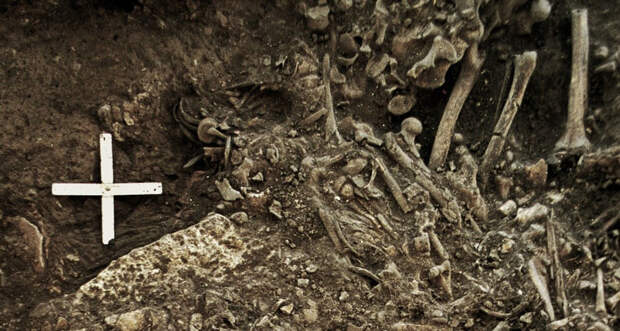Author: Bruce Bower / Source: Science News

A long-dead Scandinavian woman has yielded bacterial DNA showing that she contracted the earliest known case of the plague in humans.
DNA extracted from the woman’s teeth comes from a newly identified ancient strain of Yersinia pestis, the bacterium that causes plague, the oldest ever found. The woman’s bones, which date from 5,040 to 4,867 years ago, were found nearly 20 years ago in a mass grave at an ancient farming site in Sweden.
Teeth from an adult male in the same grave contain traces of the same plague variant, say evolutionary geneticist Simon Rasmussen of the University of Copenhagen and colleagues. But plague DNA from the woman is better preserved, the team reports online December 6 in Cell.
Comparisons of the newly found Y. pestis strain with other ancient and modern strains suggest that a plague epidemic emerged more than 5,000 years ago in densely populated farming communities in southeastern Europe. Then the plague spread elsewhere, including to Scandinavia, via trade routes, Rasmussen’s team concludes. That ancient epidemic apparently contributed to sharp population declines in Europe that began as early as 8,000 years ago (SN: 11/2/13, p. 12).
In particular, the scientists suspect that an early form of plague developed among southeastern Europe’s Trypillia culture between 6,100 and 5,400 years ago.
Trypillia settlements were the first…The post A 5,000-year-old mass grave harbors the oldest plague bacteria ever found appeared first on FeedBox.